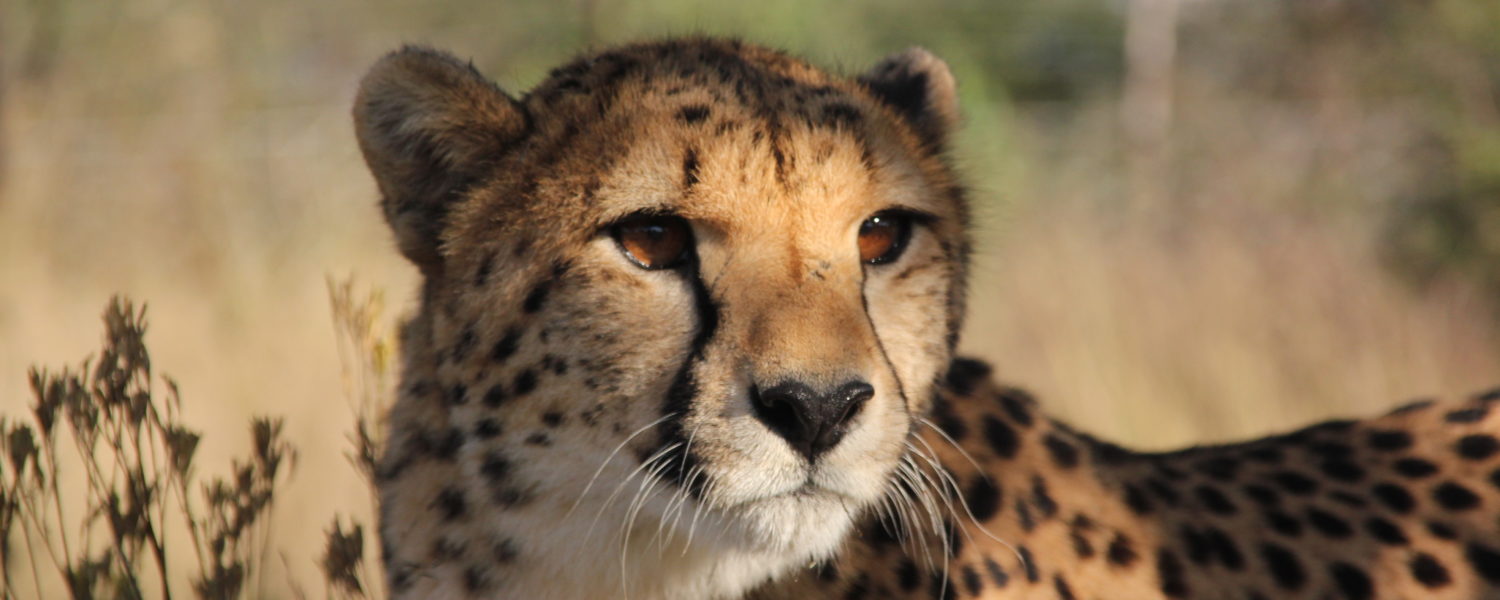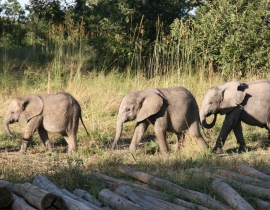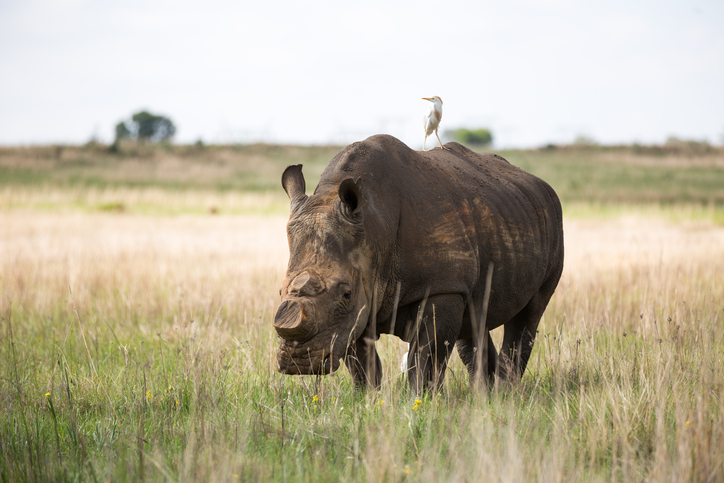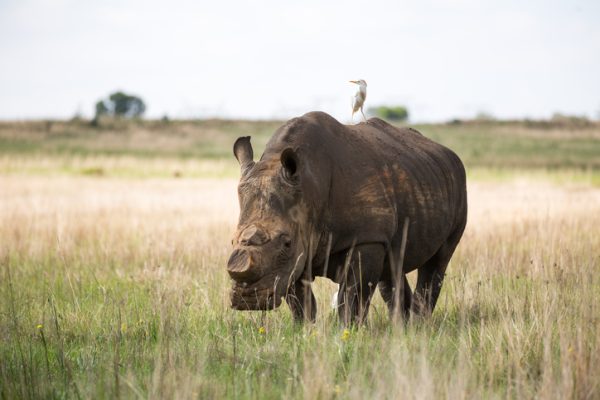Posted November 29, 2019 in Africa
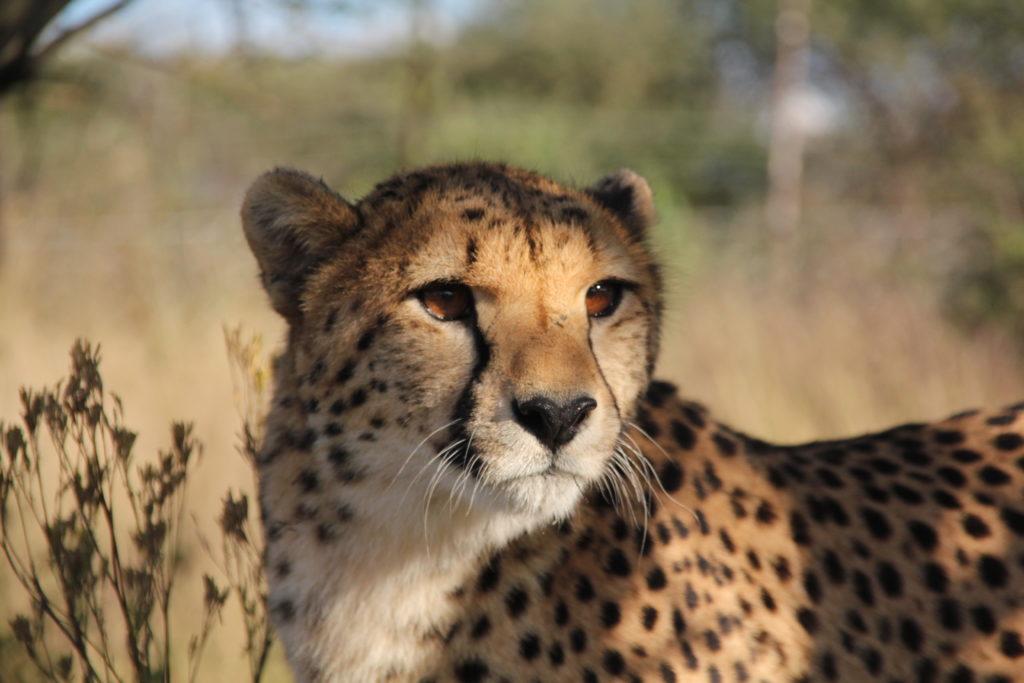
Action for the Wild has supported the N/a’an ku sê Foundation since 2012 in support of their large carnivore research programme. In total, we have donated over £29,000 to date, and will be donating a further £4,836.07 this month to cover the costs of one GPS Iridium collar, 15 camera traps, 150 rechargeable batteries and 2x battery chargers.
Namibia is unique. It is one of only a few African countries in which six species of large carnivore are still free-roaming; this includes harbouring around 25% of the global wild cheetah population. With more than 40% of the land-use in Namibia dedicated to commercial farming, conflict between carnivores and humans is not only likely, but inevitable. The N/a’an ku sê Large Carnivore Conservation Research Project began in 2008 as a response to the widespread human-carnivore conflict occurring across Namibian farmland. This project aims to work with local farmers and landowners to not only conserve viable large carnivore populations in the current ranges, but to also engage farmers with practical, cost-effective and non-lethal tools to manage carnivores.
Since 2008, the team have prevented a significant number of carnivore persecutions by working with farmers to protect their livestock, while simultaneously conserving Namibia’s majestic wildlife in their current ranges. To date they have responded to over 740 human-carnivore conflict calls from landowners, attended 181 in person carnivore conflict situations and collared 99 carnivores.
The 2019 aims of this project are to continue and expand their life saving work with suspected problem carnivores including: to reach 70% of Namibian commercial farmland (increasing from 8% in 2008), attend 60 conflict situations, increase engagement with key stakeholders to influence policies to reduce human-wildlife conflict and obtain a clear understanding of the ecology of carnivores in Namibia.
In October the N/a’an ku sê Rapid Response team received four (two leopard, one cheetah, and one caracal) carnivore conflict cases.
On the 4th of October, the team received a call concerning a juvenile leopard caught in a capture cage. Although the farmer kraals his animals at night, the kraal was not ‘predator proof’ resulting in a calf being caught by the leopard within the kraal. After consulting with the farmer, he decided to release the young cub and predator proof his kraals.
On the 9th October, the team received a call from a farmer reporting that he had caught a caracal in a trap cage on his property. The farmer kraals all his livestock animals (mostly goats) at night but had to keep one ewe separate (out of the closed kraal) in order to separate her from the rams. Unfortunately, a caracal jumped inside the unprotected (not ‘predator proof’) kraal and killed the ewe. Using the ewe as bait, the farmer caught the caracal the next day. The farmer admitted that it was his actions that lead to the caracal killing his ewe but wanted the caracal off his property. The caracal was therefore collected, translocated and released on the Zannier reserve.
On the 24th October the team received a call from a farmer in the north of Namibia that suffered livestock losses due to presumably two leopards. The team is busy consulting with the farmer on the best possible methods to avoid further conflict.

